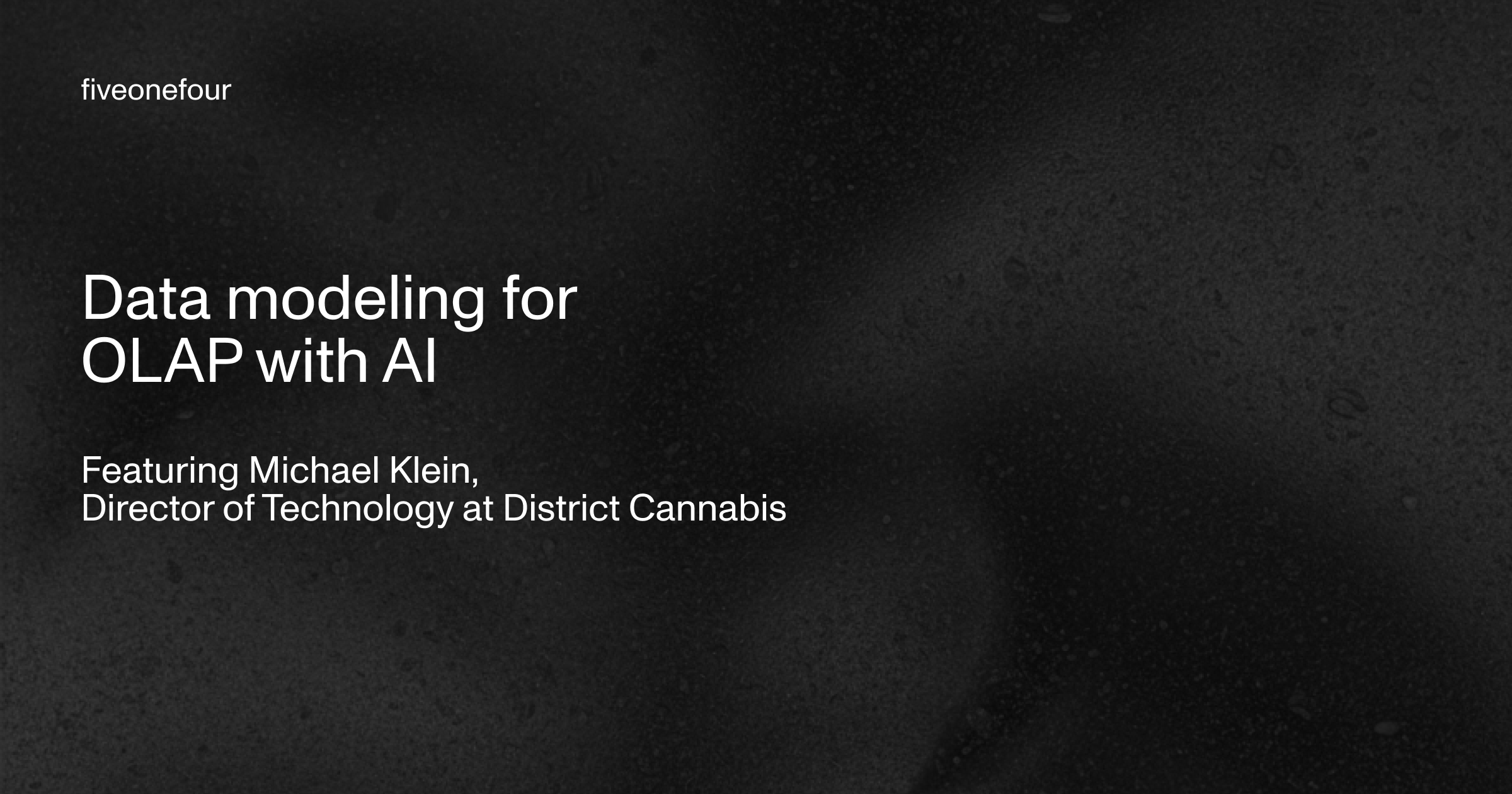The MCP Economy
The rise of the client-server architecture led the industry to decouple the user experience layer (what happens on your desktop) from back-office tedium (what happens on the server). The rise of mobile and the cloud further generalized this pattern, where the user experience—on your phone, laptop, web, or native apps—could be decoupled from tedious “jobs to be done” like billing, authentication, etc. This “jobs to be done” layer became known as the API economy and enabled us to integrate these repetitive jobs to be done into curated and specific user experiences.
APIs adopted standard protocols designed for a world where the client and server mainly exchange information that changes the state of a database (you can argue tRPC changed the paradigm up a bit but that’s not the point of this article). REST—the most popular pattern—leverages resources (users, objects, etc) and standard HTTP methods to create, update, read, and delete information in a database stored on a server.
Now that LLMs have been widely adopted, the community has realized that the standard API paradigm isn’t going to cut it. LLMs need more open-ended and agent-native ways to interact with systems.
Anthropic led the charge and developed the Model Context Protocol (MCP), now the most widely adopted protocol to enable LLMs to interact with other systems and overcome the limitations of standard “web” APIs.
The API economy created incredibly valuable winners. Twillio, one of the most public “API” companies, pioneered API-based communication services like texting and notifications. Stripe, on the other hand, simplifies complex payments and banking into simple API calls for any developer to add payments to their applications. Prove and Enigma turn consumer and business identities into APIs that developers can call to streamline onboarding and loan underwriting.
Great APIs turn complexity into simple programmatic interfaces developers can call to solve a specific problem. MCPs do the same but for LLMs.
The big difference between MCPs and APIs, though, is that LLMs can autonomously respond to responses. In contrast, programs that take in an API response have generally responded to their invocation deterministically.
That means that whereas API creators have needed to focus on their mastery of the domain they abstract away as their core differentiation, MCP creators will also need to worry about how LLMs and their users reason through a chain of non-deterministic calls.
MCP creators will need to be subject matter experts in abstracting complexity on both sides of their MCP’s requests. They’ll need to know not just how to solve for the jobs to be done that sit behind their MCPs, but also test against the non-deterministic world of LLMs that leverage their MCPs to accomplish tasks on behalf of their users.
I believe that the best MCPs:
- Will be narrowly focused on domains of jobs to be done - like Stripe’s API focus on payments
- Will roll up ensembles of tools and MCPs which serve the specific domain’s jobs to be done - just how Stripe’s APIs wrap several other payments APIs (Visa, Mastercard, etc)
- Will make it self-evident to LLMs when to pick tools they expose and equally as importantly, when NOT to pick those tools
- Will be shipped with configuration helpers to streamline integration with the most popular MCP clients - at least until the clients and MCP marketplaces mature to smooth these rough edges
My prediction is that you’ll start to see more stripe-like winners across domains that we’ve never thought could be API’d, many of which will be “APIs” for what is classically thought of as human services.
Interested in learning more?
Sign up for our newsletter — we only send one when we have something actually worth saying.
Related posts
All Blog Posts
OLAP, AI, ClickHouse
Data modeling for OLAP with AI ft. Michael Klein, Director of Technology at District Cannabis
District Cannabis rebuilt its entire data warehouse in just four hours using AI-assisted OLAP modeling. See how Moose copilots optimized raw Snowflake data for ClickHouse performance—with tight types, smart sort keys, and clean materialized views.

ClickHouse, Educational, AI
ClickHouse x Fiveonefour
ClickHouse is a blazingly fast open source analytical database. We love Clickhouse here at Fiveonefour, and we’re on a mission to make Clickhouse accessible to every developer. If you’re a developer building on ClickHouse, you’ve come to the right place ;) Read on to learn about Fiveonefour's dev tool stack to enable Clickhouse developers...